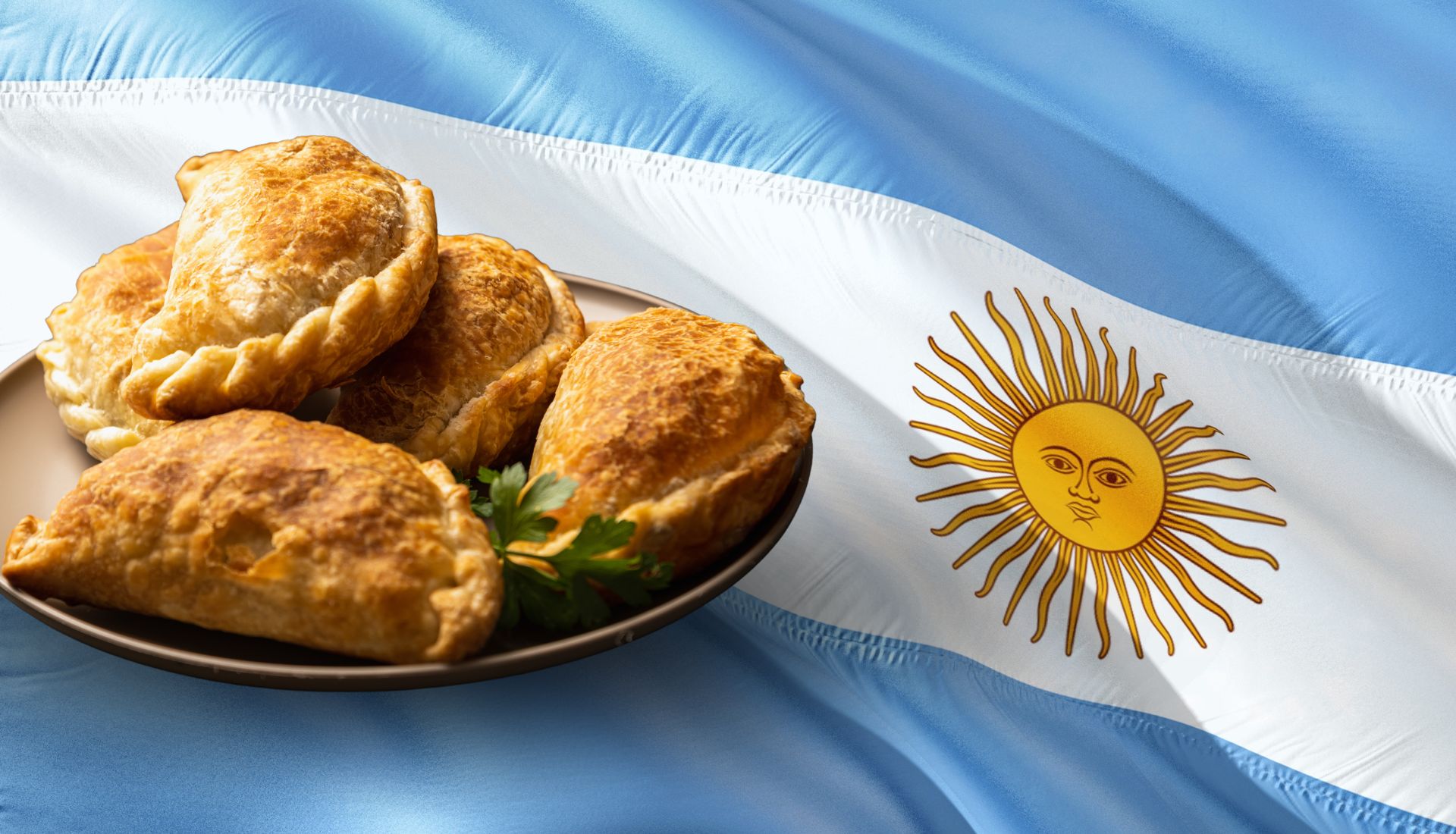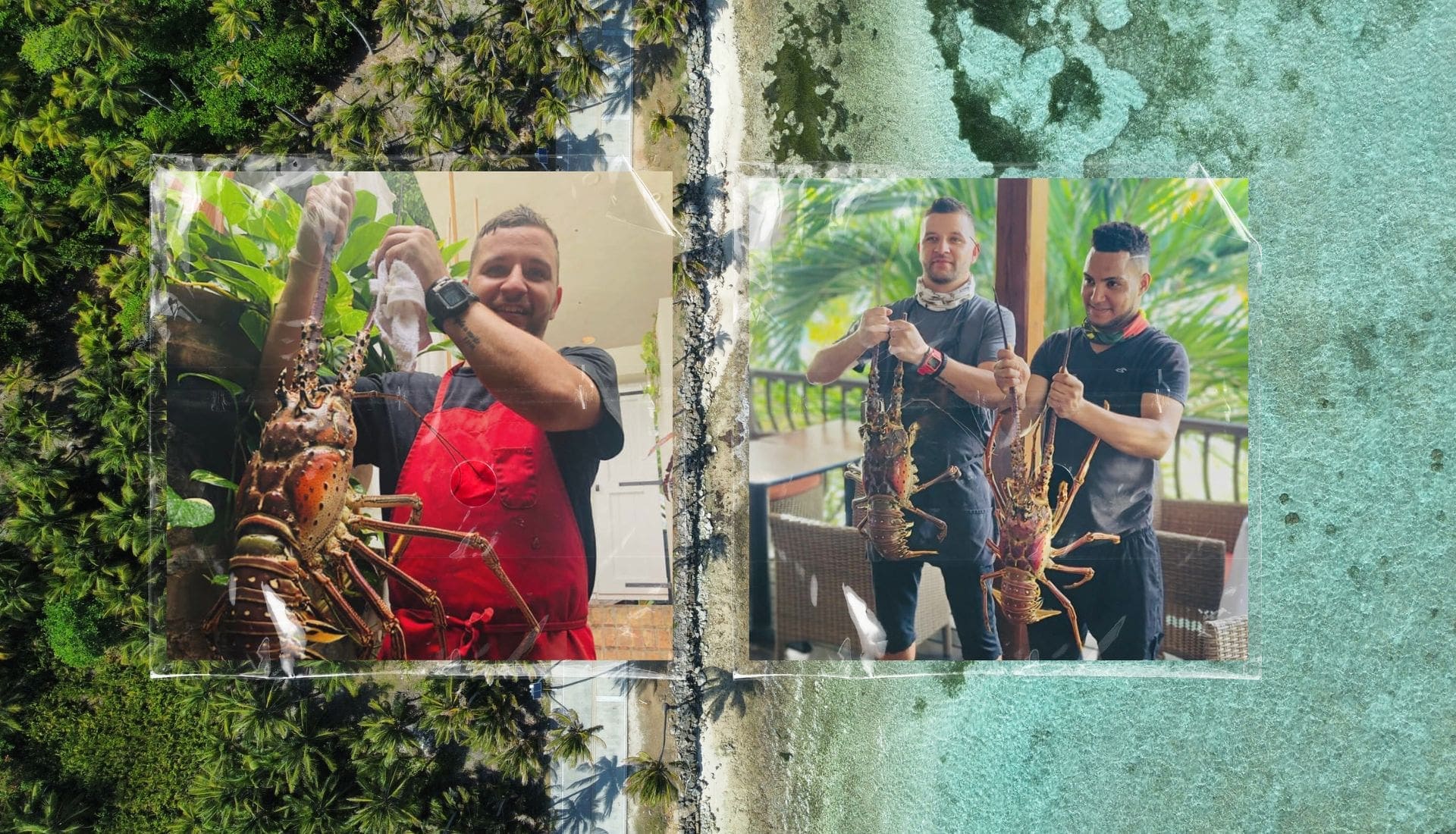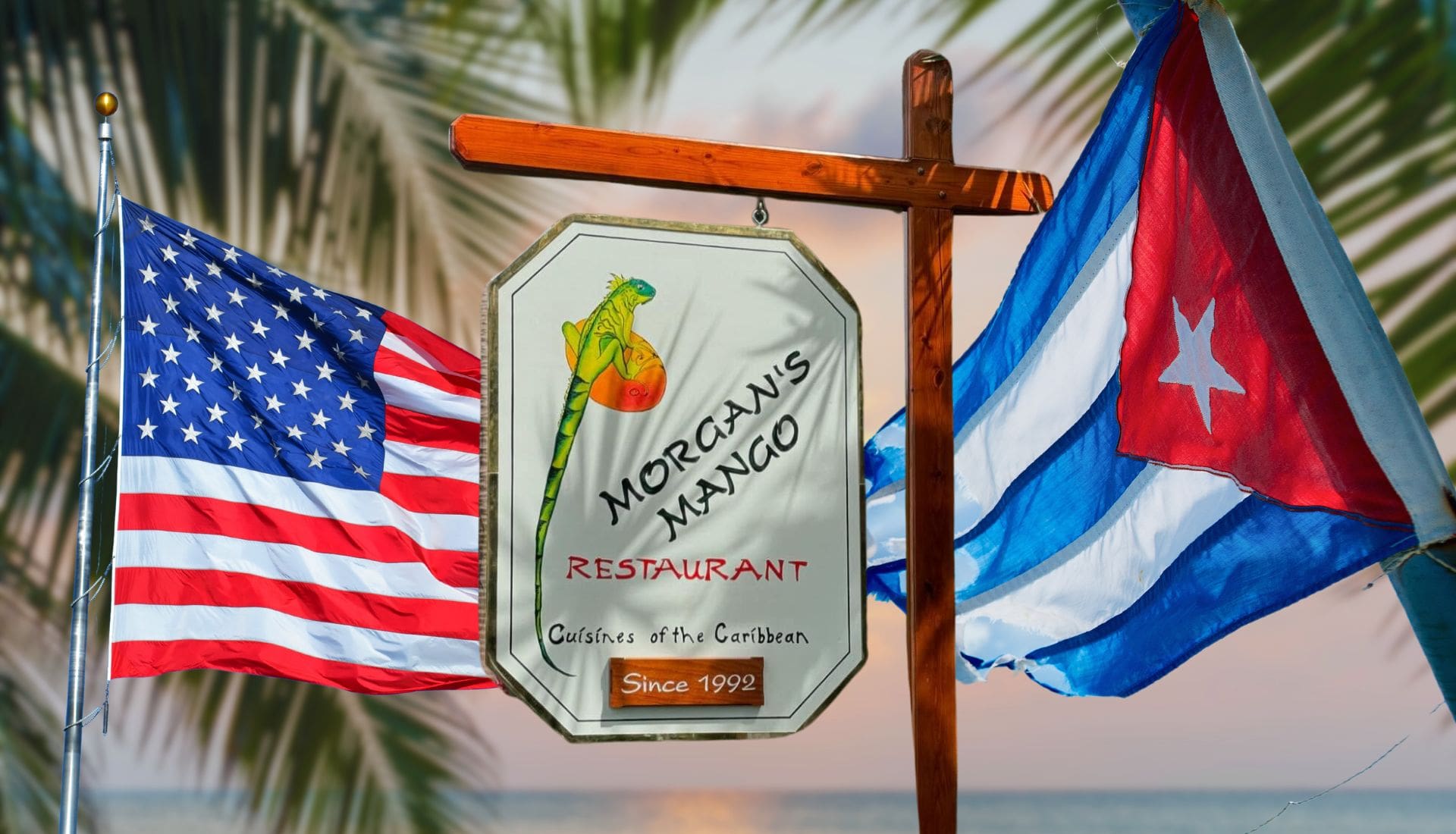
JANUARY 21,
2025
Below, we are going to tell you what you need to know about this plate and why it is a unique opportunity.
Today, the empanada is part of Argentina's cultural and gastronomic identity. However, its origins can be traced back to the Middle East, where the first known versions of this type of formation emerged, such as fatay. Around the 8th century, when the Arabs began to arrive in Spain, these recipes began to merge with the European tradition, giving rise to preparations similar to those known today as empanadas.
Later, the colonizers brought many of their culinary traditions to the American continent. These additions were mixed with local ingredients and new ways of cooking, emphasizing the cultural influences of each region. This is how what is known today as Argentinian empanada came about, a true emblem of the Argentinean tables to share with the family and for all kinds of occasions and celebrations.
https://morgansmango.com/images/ilustrations/morgan-600x150.png
Argentina is a country characterized by its diversity of climates and landscapes, which is also reflected in its gastronomy. Undoubtedly, a dish as traditional as the empanada is an expression of that diversity, with fillings and shapes that adapt to the ingredients and local customs of each corner of the country. Therefore, some of the many types of empanadas that can be found in Argentina are:
- Salteñas: The empanadas from the province of Salta are famous in the country because of their filling of juicy meat, potato, hard-boiled egg and onion.
- Tucumanas: Tucumanas are similar to Salteñas, but with the difference that their dough is thinner and they are usually fried.
- Pampeanas: In La Pampa it is common to find spicy meat empanadas with spices such as paprika and cumin.
- Cordobesas: Cordobesas usually incorporate a little sugar in the dough and raisins are also common in the filling, providing a sweet and sour flavor.
- Patagonian: Finally, in the Argentine Patagonia, seafood and lamb are very common, so it is common that they also appear among the fillings of empanadas.
Morgan's Mango has sought to honor the Argentinean tradition of empanadas and offer its visitors a unique experience, but without losing sight of the typical flavors of the Caribbean. For this reason, the empanada acquires a new identity without losing its essence, in an in-house version made with baked dough and served with a caper remoulade and a tropical salad. This gives it a fresh touch that enhances the classic flavors, thus achieving a perfect balance.
In addition, it is interesting to note that each day the filling of the empanada varies, using fresh local ingredients to surprise diners. In this way, the versatility of the empanada as a dish is also honored.
Visit Morgan's Mango and try the house empanada!

When you decide to visit the Caribbean, gastronomy is a fundamental part of the experience. The exotic and paradisiacal landscapes are perfectly complemented by a diverse, natural gastronomy, nourished by the history of the region. Undoubtedly, one of the dishes that best represents this tradition and the region is lobster.
Read more
If there is one thing that has characterized the Caribbean throughout history, it has to do with the cultural diversity of its people and its history, which is manifested in its cuisine. At Morgan's Mango we seek to be an expression of that diversity and honor the gastronomic culture of the different regions. That is why, on this occasion, we want to talk about the union between Cuba and the southern United States, which also finds a place in our menu.
Read more